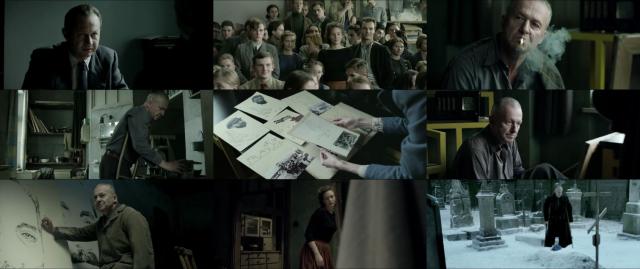bttwo.vip
记得收藏哦
记得收藏哦

Afterimages, the screenplay for which was written by Andrzej Mularczyk, is devoted to one of the greatest Polish avant-garde artists: Wladyslaw Strzeminski. The film’s title, which refers to persistent images, those optical illusions that continue to appear under one’s eyelids after staring at a reflective object, is borrowed directly from the painter’s work and uses the title of his famous series of paintings from 1948–1949. But although Wajda had been thinking about making this cinematic portrait for the last 20 years, its purpose is not merely to give viewers new appreciation for Polish art from the first half of the 20th century, but also, and above all, to lay bare the human side of an artist. While his activity as a solo artist and his participation in groups that Strzeminski himself had set up in the 1920s and 1930s (together with his wife, Katarzyna Kobro, and painter Henryk Stazewski) played a fundamental role in the history of 20th-century Polish art, what is even more important in Wajda’s eyes is this man’s struggle and resistance in the face of the communist regime. Strzeminski was persecuted and indeed fell victim to the system, which wiped out his career, humiliated him and destroyed his entire life, until his death in 1952.
